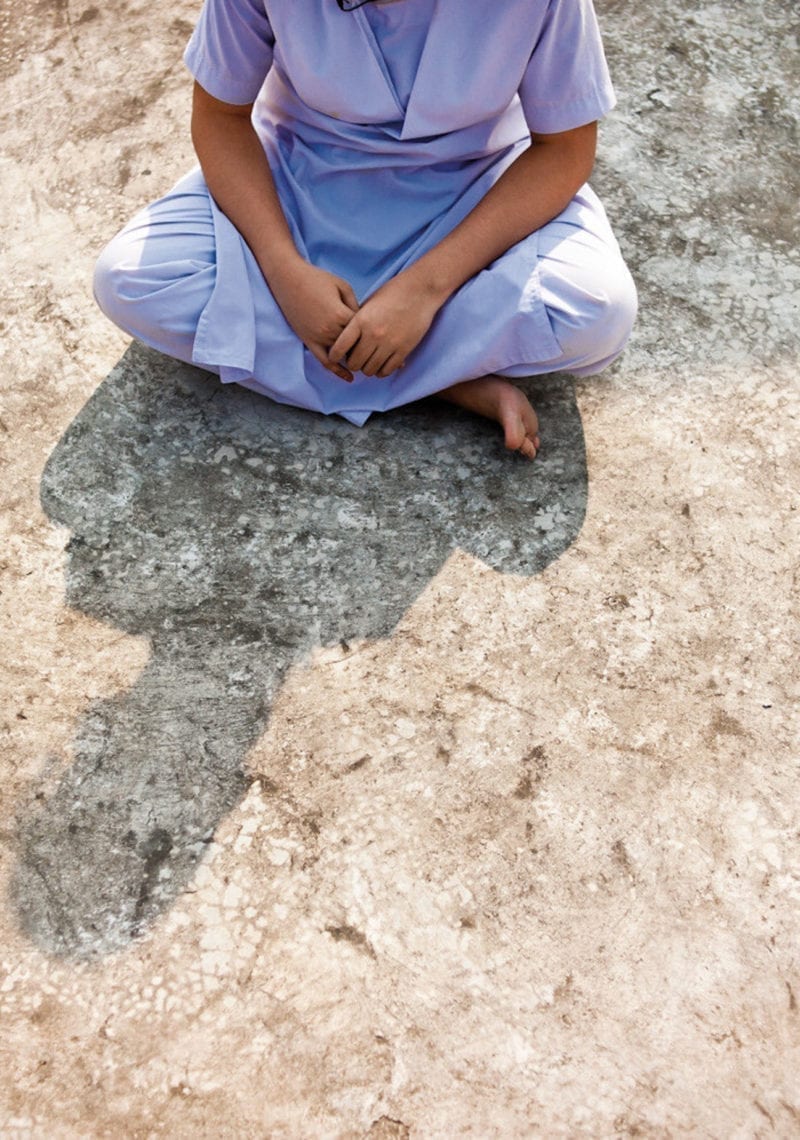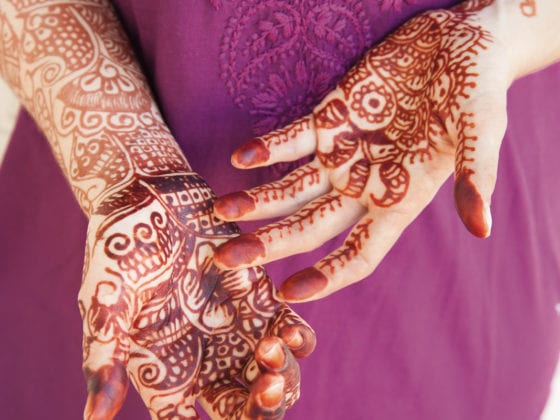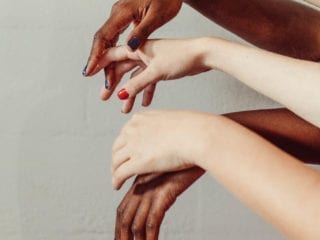If you’d asked me where I thought I would be on the weekend after my first real work week, I would probably have said getting drinks with friends or curled up watching a movie on the couch. Instead, I found myself stretched out on the steps of the Philippine Department of Justice at midnight, trying not to fall asleep in the middle of a muggy Manila night.
My colleagues had work to do. They talked to prosecutors and cops. Meanwhile, I mostly sat, smiled and tried to talk to a group of frightened girls. I was a communications intern for an anti-human trafficking organization. I was 18 hours into my first rescue.
I was a communications intern for an anti-human trafficking organization. I was 18 hours into my first rescue.
My colleagues had pulled dozens of women out of a bar, and a few of them—years underage—were just 14 year old girls. Every few weeks, during my year living and working in Manila, the investigators on our team worked with the police to pull underaged girls out of bars or rescue children from online exploitation rings.
I am grateful and humbled that the team of people I worked with welcomed me into their country and into their heroic line of work.
As an intern, I learned that millions of human beings are trapped in exploitation. In 2018, The Global Slavery Index estimated that more than 40 million people were victims of human trafficking. The scope of this problem is beyond one’s imagination, but there are plenty of people dedicating their lives to help. And let me tell you, the lawyers, social workers and investigators I got to learn from in the Philippines were absolute superheroes—dedicating their life’s work to rescuing and rehabilitating people caught in a cycle of human trafficking and exploitation.
In my personal experience as an intern for an anti-trafficking organization, I learned that human trafficking work is not like the movies. There is not one bad guy (or girl) and a dedicated detective or dad with a special set of skills who could take down human trafficking. (Sorry Liam Neeson!) This is a systemic issue.
I also learned that human trafficking is not a “developing” world problem. It exists anywhere someone with power takes advantage of someone with less power. It exists everywhere inequality does.
Human trafficking is not a “developing” world problem. It exists anywhere someone with power takes advantage of someone with less power.
On one rescue, my team was able to help 14 trafficked girls out of an exploitative situation. I learned that bringing an end to human trafficking is going to take much more than just putting away “the bad guys.” To my surprise, “the bad guys” are oftentimes just as trapped by their circumstances as the children they are exploiting. It was not uncommon to find that they, too, had once been exploited children. I was surprised when I didn’t find the standard black-and-white comic book villain.
Ending trafficking will take a lot of work. It will take a coordinated, systematic effort to fight poverty, expand education and make sure justice systems are fighting for everyone, especially society’s most disenfranchised.
Meeting a survivor engaged in the hard work of healing is the best motivation anyone could ask for. Again and again, I met survivors of trafficking who turned their stories into powerful tools for good. I met girls who wanted to become social workers and detectives or who wanted to help children who were abused like they were.
Again and again, I met survivors of trafficking who turned their stories into powerful tools for good.
I had the chance to intern alongside another survivor who came back to work for the nonprofit that helped her recreate her life. It was truly an honor to work alongside her. Individual stories, like that of my colleague, help us all to stay motivated to fight for change.
Since I’ve come back to the United States, I’ve fanned the flame for my passion to fight against human trafficking. I’ve reported on trafficking locally and spent time learning from local anti-trafficking groups. In the United States, many victims come from the foster care system and are routinely approached by traffickers. There is also a tendency to create exploitative situations for migrant laborers. Meanwhile, many American consumers unknowingly purchase products made by trafficked labor.
There is still so much work to be done.
After years of sustained justice system development in the Philippines, according to the International Justice Mission, it is harder to find a minor for sale than it was just a decade ago. There are so many lawyers, social workers and investigators who showed me what selfless service really means. Yes, there is more work to do, but there is hope.
Are you passionate about human trafficking and raising awareness? What is one practical way you can get involved in bringing awareness?
Image via International Justice Mission, Darling Issue No. 10










